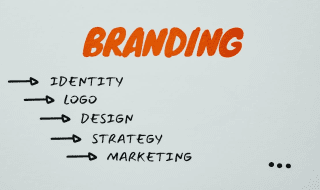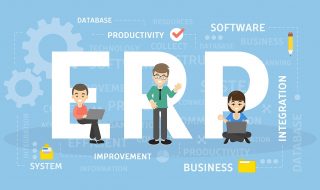
The internet has brought with it a complete revolution. Everything is now shifting to digital. Be it social interactions, working, networking, gaming; it’s all going digital.
Businesses, too, haven’t been left behind. In fact, as of early this year, close to two-thirds of commerce activity took place online. More money is still exchanged offline, but a lot of build-up takes place on the internet. Retention also mostly takes place online.

How to go About Effective Compliance Transformation for a Business
To this end, every business owner should already have joined the digital bandwagon. If you haven’t, you can do so in five easy steps:
1.Define your transformation objectives

5 Ways To Choose The Right Software For Your Business
Enterprises often make two mistakes when adopting technology. First, many businesses tend to just go with what’s on the market or whatever the IT department creates. Secondly, sometimes they just focus on working within budget and growing from there. This is the wrong approach. If you want to successfully transform your enterprise through IT, the first step is to set goals. If need be, consider digital transformation consulting. An experienced consultant is better placed to help you define appropriate objectives.
2.Design the experience

Make Your Next Blog Pop with These Three UI Designs
This is another step most businesses miss when planning IT transformation. It’s important to define what the outcome of the process should look like. How will employees work with the technology? How will clients interact with it? At this stage, experts sit down and get into the finer details of how the digital revolution will impact the people it’s intended for. How will they benefit? What are some of the potential challenges? User experience design is critical to the success of any digital project.
3.Assess existing technologies

Guidelines for a Successful ERP Implementation
Now that you know what you want, it’s time to evaluate your current position relative to the intended destination. Take stock of exiting software, applications, and technologies. Which of these technologies can be retained, upgraded or automated? Which ones need to be retired? This will help you identify what’s missing your plate and thus allow you to pick the best solutions out there.
4.Review and select solutions and vendors

How Time & Attendance Software Can Help Business Owners & Their Employees
Depending on your objectives and what you already have, you can now proceed to fill in the gaps with necessary technologies. A few points to keep in mind include the functionality of the chosen technologies and reliability of the vendor. A great vendor is one that has a proven track record and is easy to work with. A great vendor also provides quality and timely after-sales support. Consider drawing up a list of at least three vendors and comparing them side-by-side before making a decision.
5.Set an implementation timeline

Edging Closer To The Dotted Line
You’re almost there. You now have the technologies you need. What’s left is to begin implementation. For the best results, plan for stage-wise implementation; don’t attempt to do everything at a go. Instead, hold a meeting with your team, ensure that you have sufficient human and capital resources, and draw up your implementation timeline. Timelines help bring everyone on board and are instrumental in keeping implementation teams on track.
With that, you’re good to go! Be prepared for a few setbacks along the way. But, as long as you have a strong will, there is never a hurdle too high.




